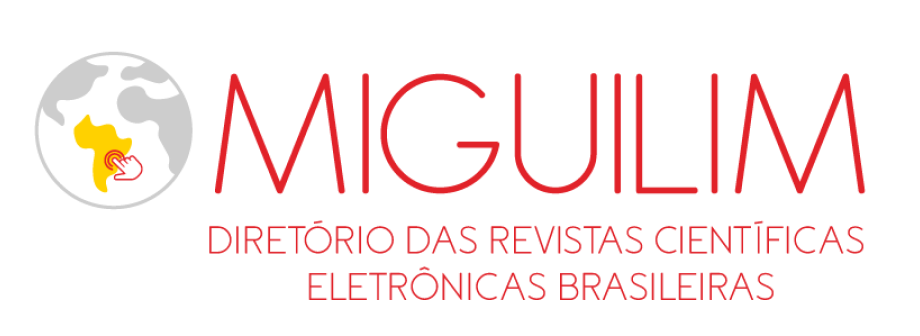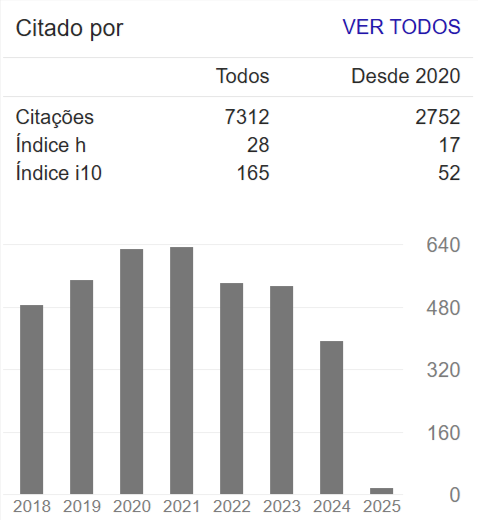HYDROGEOCHEMICAL ASPECTS AND WATER CLASSES OF THE KARST JANDAÍRA AQUIFER FOR IRRIGATION, BARAÚNA, RN
Abstract
The Baraúna region is situated on the West part of the Potiguar Basin, in the semi-arid domain of theRN State. Its geology comprehends mainly carbonate rocks (calcareous and dolomites) of the Jandaíra Formation whose ageis attributed to the Superior Cretaceous. This geological unit constitutes the karst Jandaíra Aquifer, which is the main watersupply source to human use and irrigation. The Jandaíra Aquifer develops different levels of karst in the different sectors ofthe area, affecting the groundwater potentialities and its quality. In this article aspects in relation to the groundwater use andsalinization are presented, highlighting the groundwater use to irrigation. It was developed using data obtained fromgeophysical studies, wells cadastre, topographic studies and the interpretation of the hydrochemistry data. In the Northernand Western sectors of Baraúna the karsts are more expressive. In this case the water is Ca-HCO3 type water, with lowsalinity and in most of the cases it is good to human use and irrigation (classes C2S1T1 e C2S1T2 to irrigation); To theSouthern part of Baraúna, where the karsts are less expressive, the groundwater salinity is high, Ca-Mg-Cl type water andthe quality suffers a certain restriction to human use and irrigation (Class C3S1T3).

















